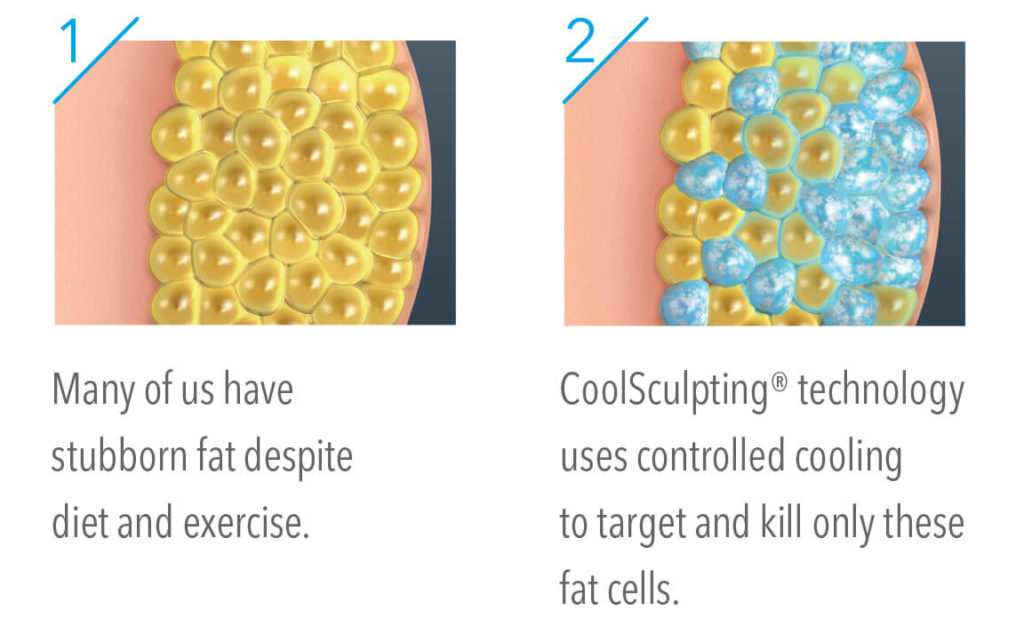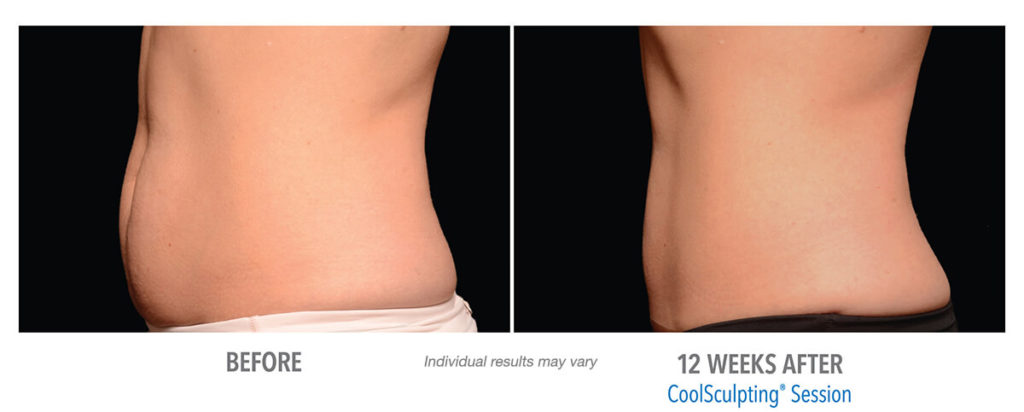

Have you ever wondered how modern cosmetic procedures can melt away fat without liposuction? It may seem impossible, but cryolipolysis actually removes fat cells without surgery, needles, or serious risks. The best part is that it is fast and effective, and you will be back to your regular life in almost no time at all.
What is Cryolipolysis?
Cryolipolysis sounds highly technical- and it is an advanced technology. You may have heard of it more commonly referred to as “CoolSculpting.” CoolSculpting is a treatment in which fat under the skin is targeted, cooled, and effectively frozen. Don’t worry, this technology is extremely safe, and the procedure is generally not painful. CoolSculpting has been proven effective at destroying stubborn fat cells without the need for invasive surgery.
The Biological Process Behind CoolSculpting
Cryolipolysis has an origin story that goes back to a strange (but not harmful) phenomenon in children. Researchers found that toddlers who ate a large number of popsicles developed dimples due to the extensive exposure of the fat tissue to the cold treats. Fat cells died in the spots where the popsicles made contact, while other tissue remained unscathed. It appeared to be the case that fat cells are less resilient to extreme temperatures and are killed with exposure to cold before other cells are affected.
This concept eventually led to the development of cryolipolysis. Because fat cells freeze at higher temperatures than other types of cells, the fat cells can be cooled and frozen while the other types of cells remain unharmed. Therefore the fat can be targeted without the need for invasive treatments such as an incision to remove it or an injection of a substance that destroys it.
So How Does Fat Freezing Work to Actually Remove Fat?
Specifically, fat cells are destroyed when they reach 37 degrees Fahrenheit. Again, the other types of cells remain unaffected and healthy at this temperature (it requires temperatures of 32 degrees or below to damage other tissues). That is actually quite a big difference. CoolSculpting technology uses precisely controlled cold temperatures focused on the fat you want to remove to target and freeze it away.



After the fat cells are frozen, they soon die. The body’s immune system recognizes that these cells are dead and systematically removes them on its own. The cells are broken down and flushed out much like any other waste that occurs in the body.
Once the fat cells die and are removed, those cells will not return. It is possible that new fat cells can appear over time, which is why a healthy diet and lifestyle are essential to maintaining your results. Of course, diet and exercise alone only shrink existing fat cells; the cells do not disappear like with CoolSculpting treatment.
What to Expect
Individual results differ. Many studies have shown that cryolipolysis creates visible results. Results do not appear all at once but slowly over time. For several months following treatment, the treated fat cells will die off and be naturally removed from the body. It may require one to three treatment sessions to attain your desired outcome.



CoolSculpting works on the fat beneath the skin (not the fat deep inside your abdomen surrounding your organs). It will not necessarily help you to lose weight or improve overall health. But it can visibly reduce hard-to-lose fat in stubborn areas.
As mentioned above, even diet and exercise cannot remove fat cells permanently the way cryolipolysis does. In addition, CoolSculpting targets a specific area for fat reduction, whereas targeted fat loss is impossible through diet and exercise.
Is CoolSculpting Right for Me?
CoolSculpting may be an option if you want to loose stubborn fat in a specific problem area. Schedule a consultation with our experts to discuss your goals and find out if CoolSculpting is a good option for you.
